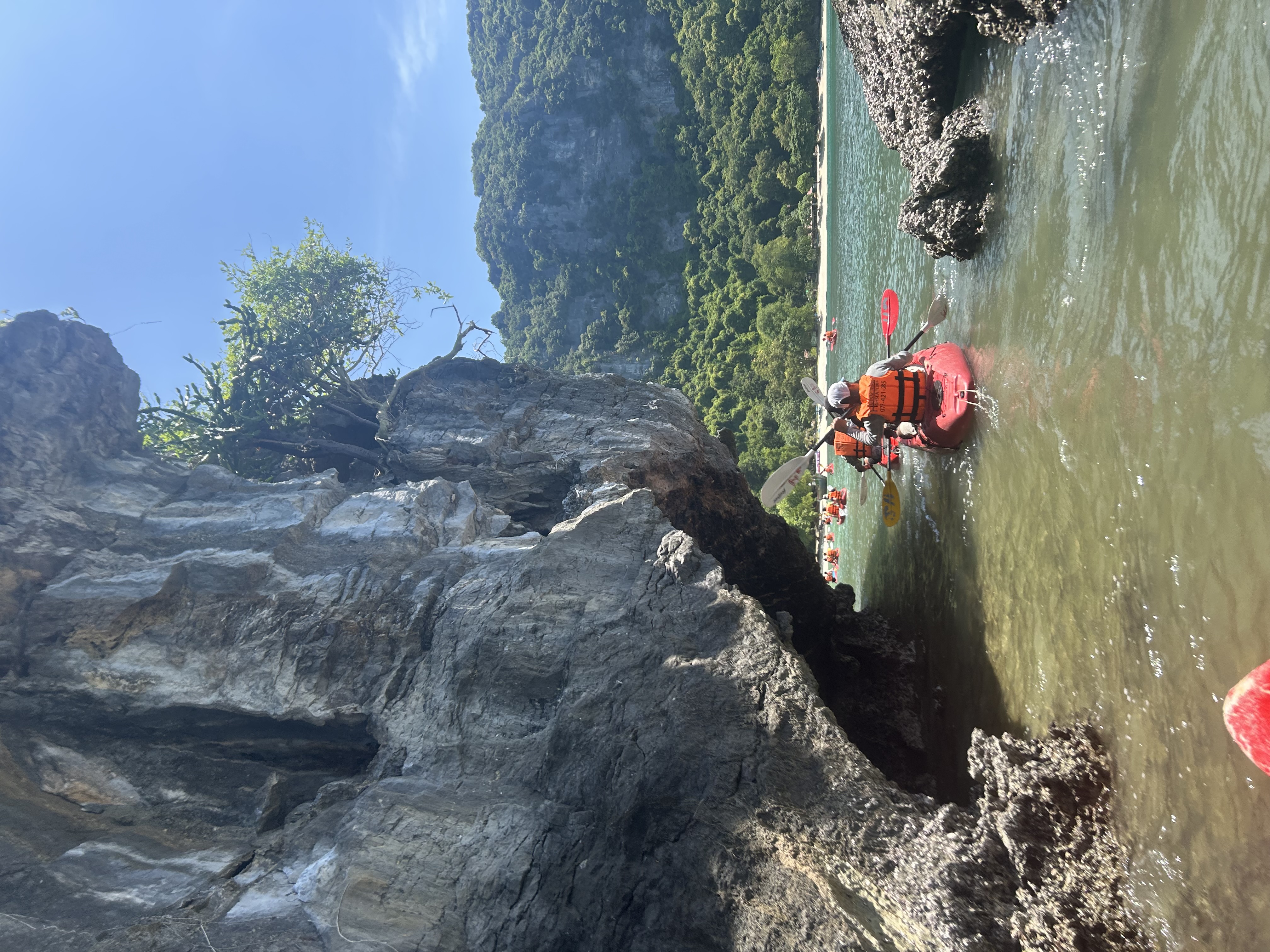using resources
Cards (38)
- What is the Haber process used for?
- What are the optimal conditions for the Haber process?
- What are the reactants in the Haber process?
- How does high pressure affect the Haber process?
- What effect does higher temperature have on the Haber process?
- What is the compromise temperature for the Haber process?
- Why is 400°C considered a compromise temperature?
- What is the relationship between temperature and reaction rate in the Haber process?
- What happens to the yield of ammonia at lower temperatures?
- What is the main product of the Haber process?
- How does the Haber process ensure a reasonable reaction rate?
- What is the significance of the reaction rate in the Haber process?
- What is the effect of high pressure on the reverse reaction in the Haber process?
- What is the yield of ammonia in the Haber process?
- What is the role of the catalyst in the Haber process?
- How do the conditions of the Haber process affect the overall yield?
- What are the key factors influencing the Haber process?
- What are the implications of high temperature and pressure in the Haber process?
- What three nutrients do plants need from NPK fertilizers?
- Why is ammonia used in the production of ammonium salts?
- What role does phosphorus play in plants?
- What is mined to obtain phosphorus for fertilizers?
- How is phosphate rock treated before being added to fertilizers?
- What is the importance of potassium in plants?
- What two potassium compounds are obtained by mining?
- How are sewage sludge and effluent treated?
- What is the purpose of treating effluent with aerobic bacteria?
- What is the purpose of screening in waste water treatment?
- What does sedimentation allow in waste water treatment?
- What is produced during sedimentation?
- What is the role of chlorine in effluent treatment?
- What is the effect of UV light in effluent treatment?
- What are the main components of waste water treatment processes?
- What is reverse osmosis?
- Life Cycle Assessment (to reduce impact of a product on environment)
- Phytomining
- Corrosion
- Haber Process
